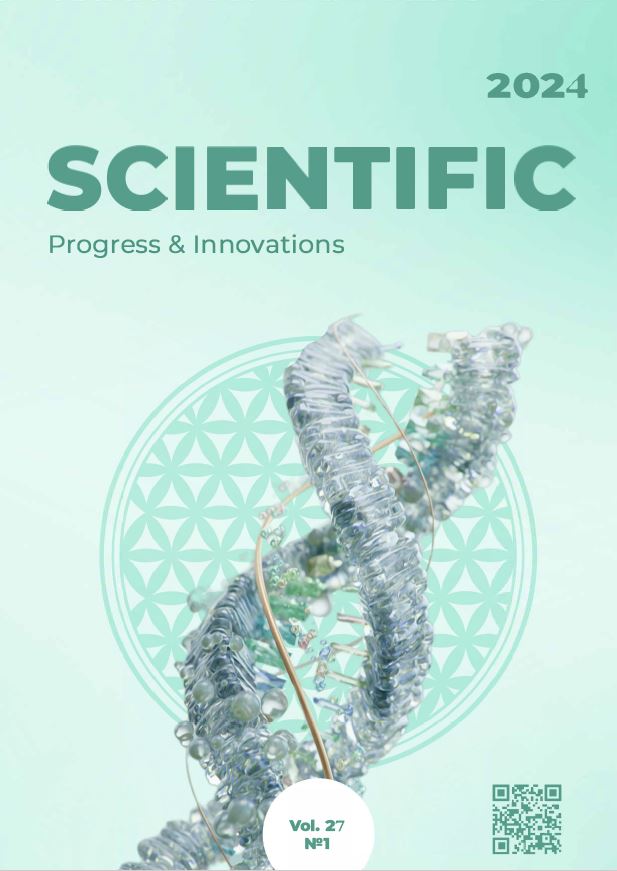Visual diagnostics of pancreatic pathology in cats
DOI:
https://doi.org/10.31210/spi2024.27.01.27Keywords:
pancreatitis, domestic cat, ultrasonography, clinical signs, radiographyAbstract
Pathologies of the pancreas are fairly common diseases in domestic cats, in particular, inflammation of the pancreas. Timely diagnosis allows determining the optimal method of treatment, which determines the relevance of research in this area. The purpose of the work presented in this article is to substantiate the informative value of various non-invasive methods for diagnosing pancreatitis in domestic cats. General clinical (examination, palpation, thermometry, auscultation, etc.), radiographic and ultrasonographic methods of examination were used in the examination of domestic cats. The article presents the results of a study of cats with pancreatitis of different ages (from 1 to 15 years), breeds (purebred, Siamese, Oriental, Scottish Fold), and sex (male, female). It was found that the characteristic signs of the disease were dehydration (83%), ano/hyporexia (87.5 %), emaciation (84 %), vomiting (75 %), and abdominal pain (65 %). The ultrasonographic examination revealed an unevenly thickened hypoechoic pancreas surrounded by a hypoechoic fluid in a significant number of patients, the duodenal wall tangential to the pancreas was thickened and folded. According to the results of ultrasonography, it is difficult to differentiate between acute and chronic pancreatitis in domestic cats, since the presence of hyperechogenicity of the pancreatic parenchyma indicates fibrosis of its tissue and was observed in chronic pancreatitis, but not often. According to the results of radiography, no changes in the abdominal organs or loss of their architectonics were detected, which made it possible to exclude individual causes of gastrointestinal disorders. The practical significance of the work is to obtain new scientific knowledge about the development of pancreatitis in domestic cats depending on the course of the disease, monitoring the condition of animals, and prospects for providing preferences in the treatment of sick animals with its complications.

 Creative Commons Attribution 4.0 International Licens
Creative Commons Attribution 4.0 International Licens